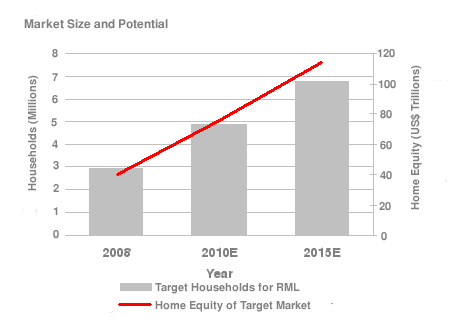Bangalore, India 12 March 2008
The senior citizen population in India is rapidly growing and is expected to reach 117 million people by 2015. This represents a huge opportunity for the reverse mortgage loan market. Establishing an ecosystem for this product class is necessary to meet increased demand.
The senior citizen population in India is growing rapidly due to lower fertility rates, improved healthcare, and better nutrition. The senior population is estimated to become 117 million by 2015, growing from the current population of 87 million. While this segment of the population is increasing, it continues to be largely neglected by policymakers.
The Indian government is now employing innovative strategies towards change. It has begun introducing financial instruments aimed at the senior population. Among several financial products being encouraged is the reverse mortgage loan (RML), which was introduced by the Finance Minister in his annual budget for 2007-08.
In a new report, , Celent examines the opportunity and challenges associated with this market opportunity from the lender's perspective. The RML product class is expected to have a directly addressable market opportunity of around 6 million households with a total of US$113 billion home equity by 2015 across both urban and rural India.

"There is great potential for this market, but it requires the building of an ecosystem that would make the product more viable for lenders in an Indian context," says Ravi Nawal, analyst with Celent's banking group and author of the report. "There is an expansive distance that needs to be covered by regulatory institutions and lenders before this product sector makes any significant headway in India."
This report examines the RML product and discusses the feasibility of such a product in the Indian context from the lender's viewpoint. It also looks at supply and demand side issues associated with the product.
The 30-page report contains five tables and nine figures. A table of contents is available online.
Members of Celent's Retail Banking research service can download the report electronically by clicking on the icon to the left. Non-members should contact info@celent.com for more information.




